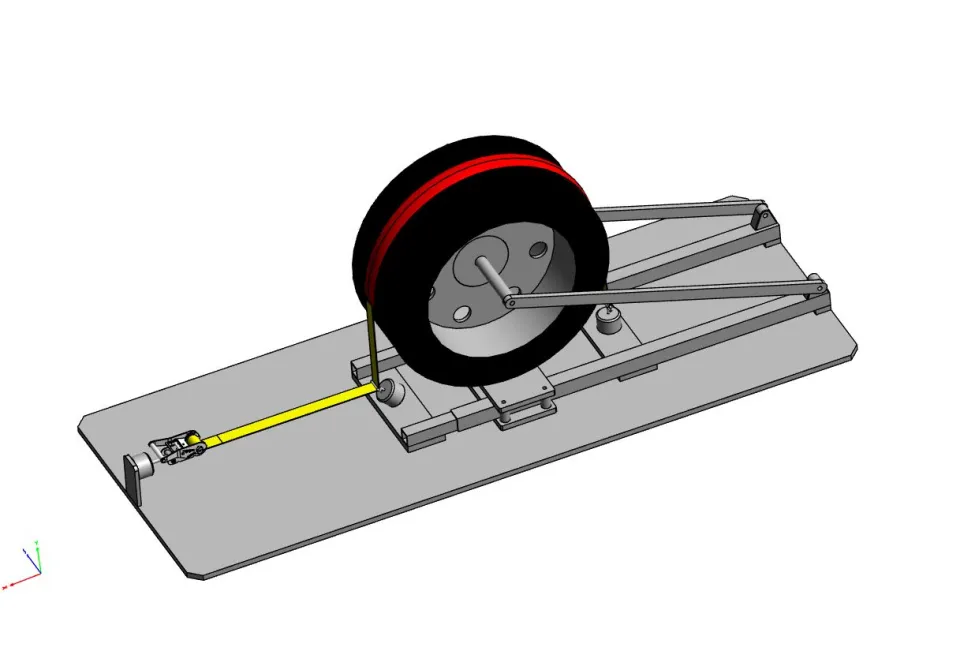New criteria for load securing when transporting cars and lorries
Experts from VDI Working Group 2700 Sheet 8.1 (Load securing on road vehicles - Securing of cars and light commercial vehicles on vehicle transporters) and 8.2 (Load securing on road vehicles - Securing of heavy commercial vehicles on vehicle transporters) presented the results of road tests, the investigation of friction coefficients, wheel chock and road plate tests and the test procedure for lashing systems with controllers at the commercial vehicle trade fair (NUFAM). Lashing systems for car and lorry transport will have to fulfil new criteria in the future.
- A required pre-tensioning force (STF) of 330 daN was determined for the systems used to secure cars during transport and 500 daN for lorries.
- A test procedure has been defined for measuring the force transmission in front of and behind the controller spanning the wheel. The force transmission is represented by the newly introduced ETA value, which must be at least 0.5. The ETA value must be labelled on the system.
- The ideal angle of attack of the lashing systems was determined to be 80 degrees, while attaching the tensioning elements offset by 15 degrees makes no difference to attaching the systems in a straight line.
- The strap elongation of < 4% and the system strengths of 1,500 daN for car transport and 2,500 daN for lorry transport remain unchanged.
- The length of the controller remains unchanged based on the rule of thumb that 180 degrees of the tyre must be spanned. The webbing of the lashing systems must not touch the tyre.
- A handful of loading schemes with wheel chocks have been defined for various vehicle weight classes.
- In addition to the above findings, the vehicle manufacturers' loading guidelines must also be taken into account.
Following the publication of the results of the study, the working group will now prepare the basic print of the guideline. The green print and its publication will involve the entire professional community and allow objections to be discussed and evaluated up to the white print of the guideline and, if necessary, incorporated into the guideline.
Download:
